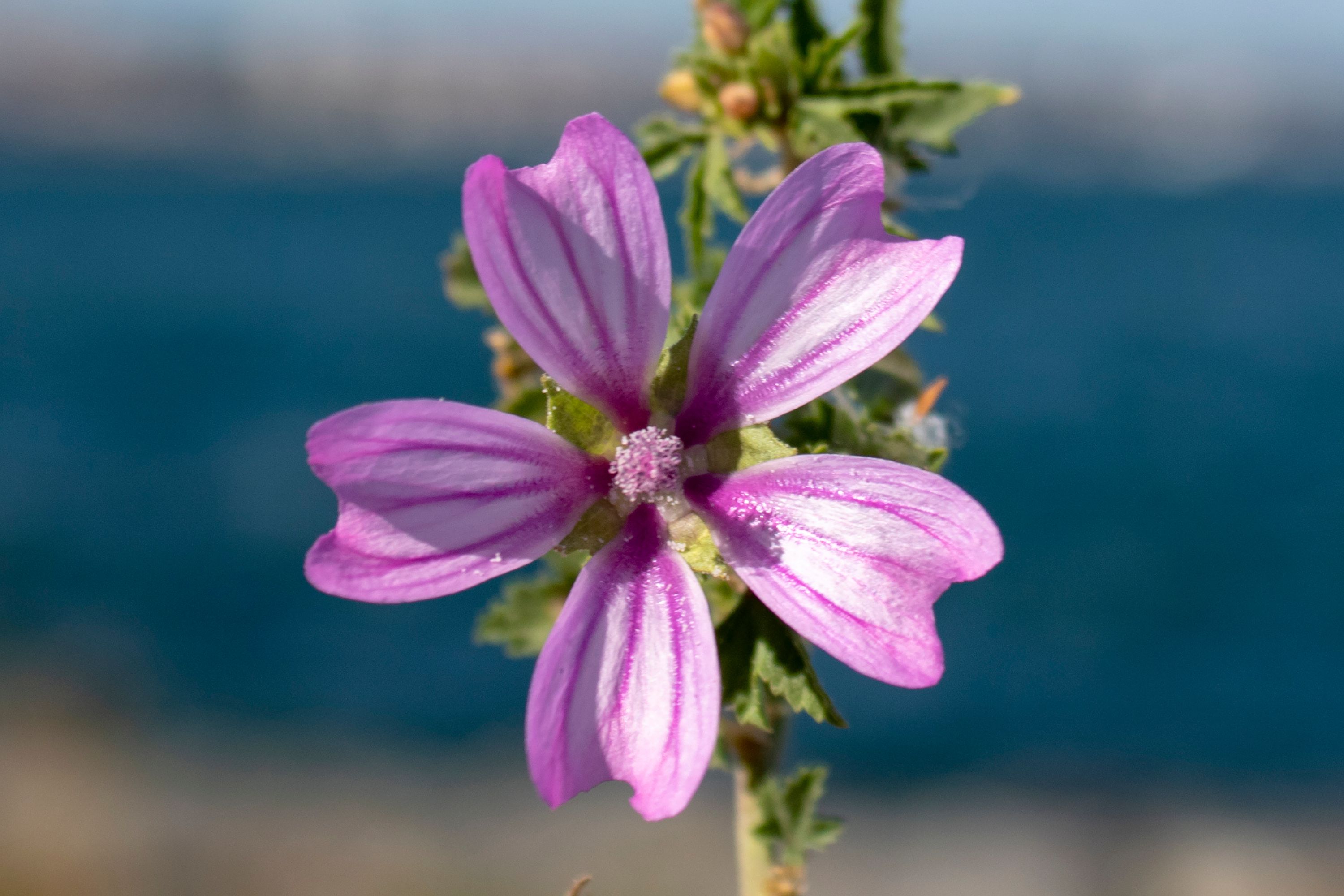Dwarf mallow
(Malva pusilla)

Description
Malva pusilla is a small, annual herbaceous plant that belongs to the Malvaceae family. It is native to Europe, but it can also be found in other parts of the world, including North America, Asia, and Australia. In this article, we will explore the different aspects of Malva pusilla, from its taxonomy and morphology to its ecological significance and medicinal properties. Taxonomy Malva pusilla is classified as a member of the Malvaceae family, which is a large family of flowering plants that includes more than 4,000 species. The genus Malva is one of the largest genera in the family, with around 30 to 40 species distributed around the world. The name Malva comes from the Latin word malvaviscus, which means "mallow-like". The species name pusilla is derived from the Latin word pusillus, which means "very small" or "tiny". This name refers to the small size of the plant, which usually grows to a height of 5 to 20 centimeters. Morphology Malva pusilla is a small annual plant that has a slender, erect stem with few branches. Its leaves are alternate and are divided into three to five lobes that are shallowly toothed. The leaves are also covered with soft, fine hairs. The flowers of Malva pusilla are small, about 5 millimeters in diameter, and are arranged in clusters at the ends of the stem and branches. The flowers have five petals that are pale pink or lavender in color. The petals are deeply notched, giving the flowers a star-shaped appearance. The fruit of Malva pusilla is a disc-shaped schizocarp that is about 5 millimeters in diameter. The schizocarp is divided into several segments that contain the seeds. Ecology Malva pusilla is a common weed that can be found in a variety of habitats, including fields, meadows, gardens, and waste areas. It is a fast-growing plant that can tolerate a range of soil types and moisture conditions. The plant is also tolerant of herbicides, which makes it a problem for farmers and gardeners. It can quickly colonize disturbed areas and outcompete native plant species. However, Malva pusilla also has ecological significance. It provides a source of nectar for pollinators such as bees and butterflies. The plant also has a symbiotic relationship with nitrogen-fixing bacteria, which helps to enrich the soil. Medicinal Properties Malva pusilla has been used in traditional medicine for its anti-inflammatory, diuretic, and wound-healing properties. The plant contains mucilage, which is a slimy substance that has a soothing effect on irritated tissues. The mucilage in Malva pusilla has been used to treat a variety of conditions, including sore throat, cough, bronchitis, and stomach ulcers. It has also been used topically to treat skin irritations, burns, and wounds. However, there is limited scientific evidence to support the medicinal use of Malva pusilla. More research is needed to fully understand its potential health benefits and risks. Conclusion Malva pusilla is a small, annual herbaceous plant that belongs to the Malvaceae family. It is a common weed that can be found in a variety of habitats, and it has both ecological significance and medicinal properties. While it can be a problem for farmers and gardeners, it also plays an important role in supporting pollinators and enriching the soil. Further research is needed to fully understand the potential benefits and risks of using Malva pusilla in traditional medicine.
Taxonomic tree:







